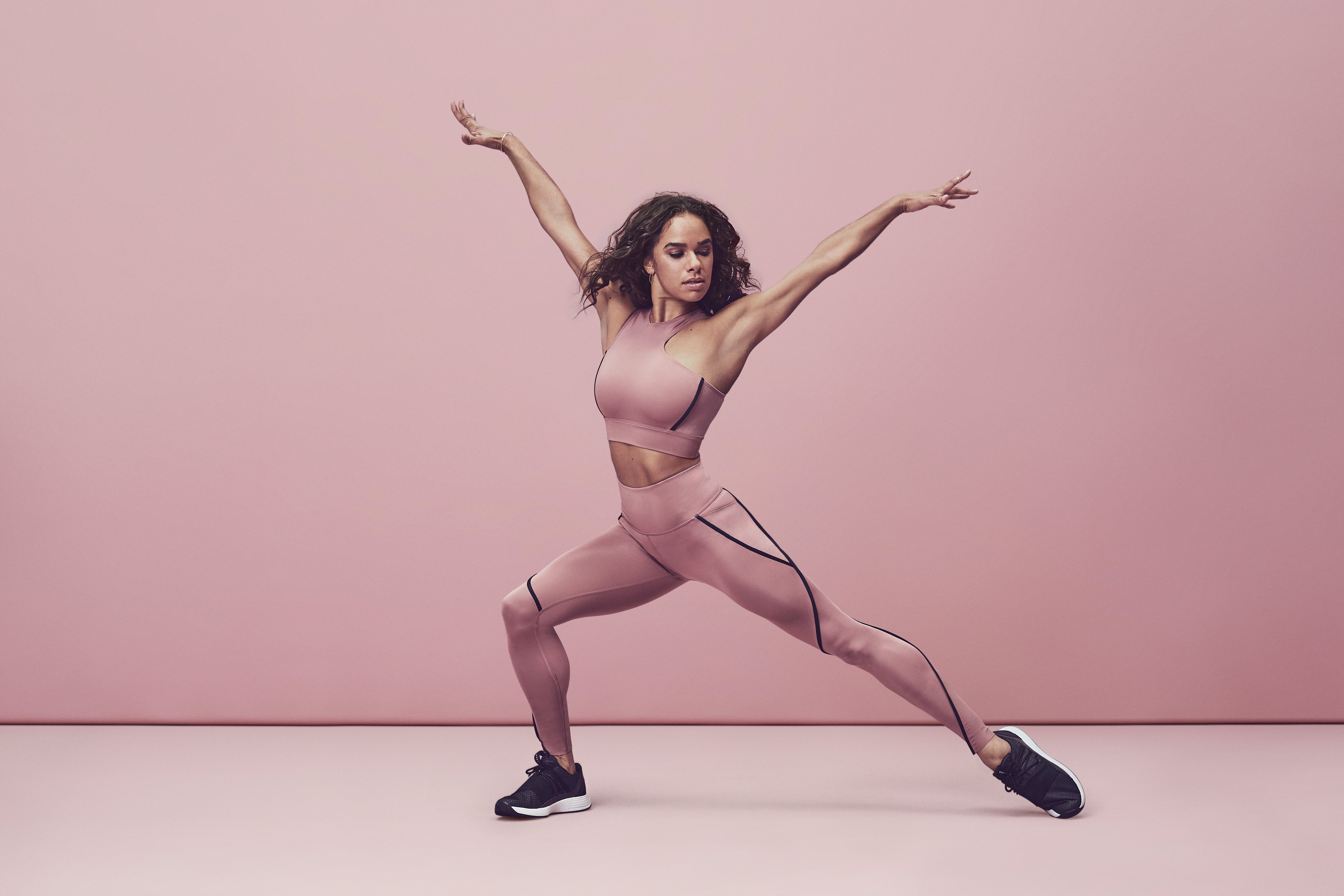
Right now, if you’re trying to use a pointe shoe emoji, there’s only one option for users—and that’s the “European Pink.” But Black ballerina Misty Copeland is trying to change that.
At the end of September, the 41-year old– who broke barriers becoming the first Black woman principal dancer for American Ballet Theatre in 2015– “launched a petition Thursday to urge Apple and the Unicode Consortium, which creates and regulates the symbols, to introduce more skin tones for the pointe shoe emoji,” NBC News reports.
Copeland has been open about challenges in the predominantly white world of ballet. In the past, she’s shared how she was “asked to paint her skin white, wear pink tights and shading her nose to meet white beauty standards.”
To try and introduce diversity to the industry, Copeland started painting her own “ballet shoes from the standard pink to match her brown skin tone.”
In the petition, Copeland said that she’s glad that advancements are finally being made. Pointe shoes are now offered in various shades to match a user’s skin tone. And she’s trying to make the technological world of ballet more inclusive as well. Thus, Copeland is fighting for more skin tones in the pointe shoe emojis.
“In an era where Apple showcases diversity across its emoji spectrum, why is the pointe shoe left behind? This petition isn’t just about an emoji. It’s about ensuring the art of ballet, in all its forms, celebrates every dancer’s story and shade,” reads Copeland’s petition.
In an interview with the Associated Press, Copeland shared why she started the petition.
“Dance should be inclusive, it should be uniting. It’s a universal language. It should be for everyone. These may seem like small, insignificant things to a lot of people, but there’s a much bigger meaning and deeper meaning behind it,” said Copeland.
“You know, going back to the history of the pink tight and the pink ballet slipper — yes, there were white European people doing it in that time, so they made these things to reflect them in their skin color,” continued Copeland. “But now that’s not all who’s dancing and who’s being exposed to it. So we should see that representation through and through.”
Copeland added, “I look at these young people who are influenced by these things like emojis. They’re on Tik Tok, they’re texting, they’re on Twitter and Instagram. It may seem like an insignificant thing to maybe someone my age, but these young people want to see themselves represented and reflected in these spaces.”





